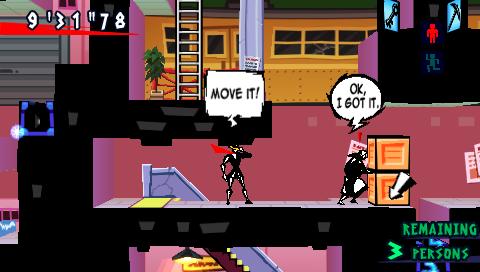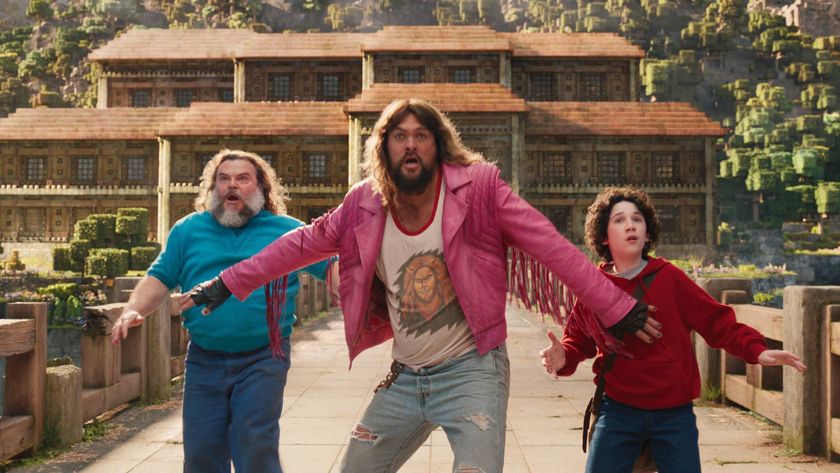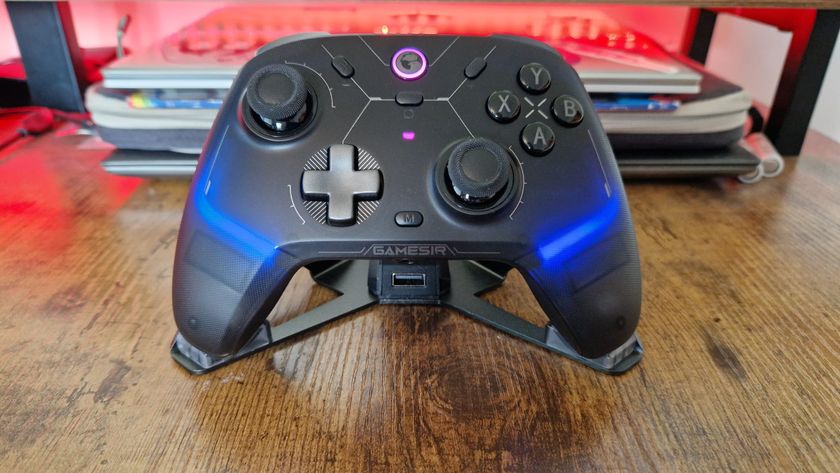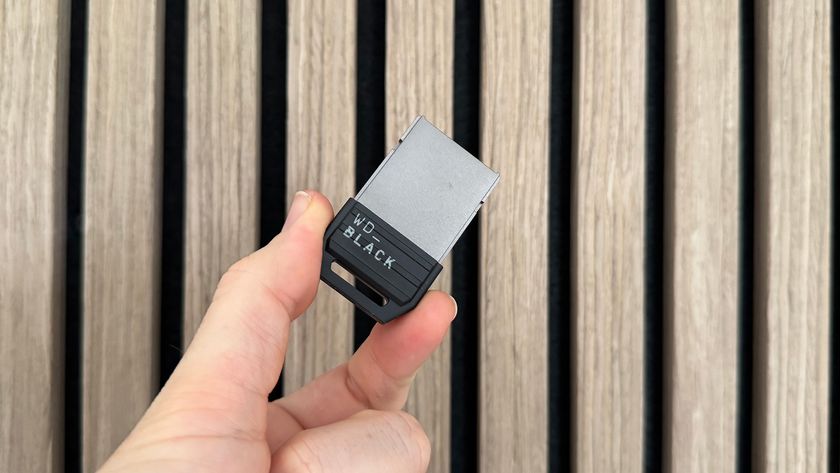12DOVE Verdict
Pros
- +
Brain-scrambling puzzles
- +
Many
- +
many levels
- +
Unique
- +
simple visual style
Cons
- -
Punishes experimentation
- -
Clunky
- -
broken controls
- -
Annoying leaps of logic
Why you can trust 12DOVE
Exit DS marks a late foray for Mr. ESC, the main character, onto Nintendo’s handheld platform. It came out on PSP ages ago (long enough for a sequel to already come out in Japan, and still floating in limbo for a western release). There’s been plenty of time to refine the controls for stylus-input, and yet still the controls are broken, resulting in infuriating mistakes that force level retries.

The premise is refreshingly violence-free: your job is to save lives, not take them. As a master escape artist, you’re sent around the world to rescue people from various situations from which they can’t save themselves, because they are brain-dead weaklings. For the sake of gameplay, it’s a concession we don’t mind that your targets sits hopeless until you take their hand (metaphorically) and show the way to freedom. However, the pathetic incapability of your charges adds obnoxious counter-intuitive elements to puzzles. For example: an adult can easily jump across a two square gap. Yet, if the same gap is uneven, with the opposite side one square lower, the jump can’t be made. Which goes against all real-world and established videogame logic – such jumps are always easier by common sense.
This game is designed for a very specific type of gamer, one which won’t be annoyed by such logic, and one which has a ton of patience for either trial-and-error, or enormous planning ahead. If these types of things don’t bother you, or perhaps you even enjoy them, you may find Exit to be immensely satisfying. We didn’t. At first, we found the game to be a lot of fun. We like the types of puzzles where you have to work out where to send multiple characters to hold doors open and whatnot. What we didn’t like was being punished repeatedly for making one tiny mistake, often in situations where the correct solution wasn’t evident until after making the mistake.

Once the game starts throwing harder puzzles at you, you have one of two choices for solving them. The first is repeatedly failing a puzzle over and over by trying different things like pushing a block to one place or sliding down one rope rather than the other. This leads to slowly getting through more and more of a level until it’s all figured out, making the re-doing of the early part of the level tedious. The other method is to not actually play the game, but instead methodically survey the level and do the moves in your mind. This certainly makes you feel smarter, and it will again appeal to certain gamers. For us, it was really irritating knowing that if we just started playing a level instead of sitting there for several minutes looking at it, we were guaranteed to fail, because almost always your first instinct is wrong. Because the game is designed that way on purpose.
Finally, we have to mention the controls, because their problems are universal. The default stylus controls are snappy and fast, but they are fairly broken. It’s horribly easy to accidentally climb off a cliff edge or run into a fire, and remember this game always punishes you with instant, complete level start-over if you make one mistake. At other times, you’ll be tapping furiously, telling Mr. ESC “Just climb down the friggen ladder already!” as he shrugs his shoulders and looks at you, as if to reply “What? You want me to do the logical thing?”
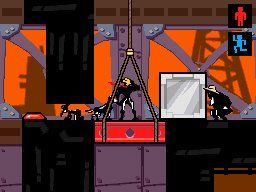
You can switch to the “classic” controls of using the d-pad and buttons instead of the stylus, but these are even worse. They overcome certain problems, but present new ones, and are way slower. Either way, your characters will not do what you want them to a decent portion of the time. If you can put up with that, and have a huge tolerance for trial-and-error and/or extended pre-planning, AND never played the PSP version, you might just find a love for this finicky, hard-to-please game. For us, we wanted to love the game, but its continual rebuffs were just a bit too much.
Nov 4, 2008
More info
| Genre | Puzzle |
| Description | Charging into disasters with nothing but a hat and some acrobatic skills, players will need to find trapped civilians and rush them to the exit. |
| Platform | "PSP","DS" |
| US censor rating | "Everyone","Everyone" |
| UK censor rating | "7+","7+" |
| Release date | 1 January 1970 (US), 1 January 1970 (UK) |
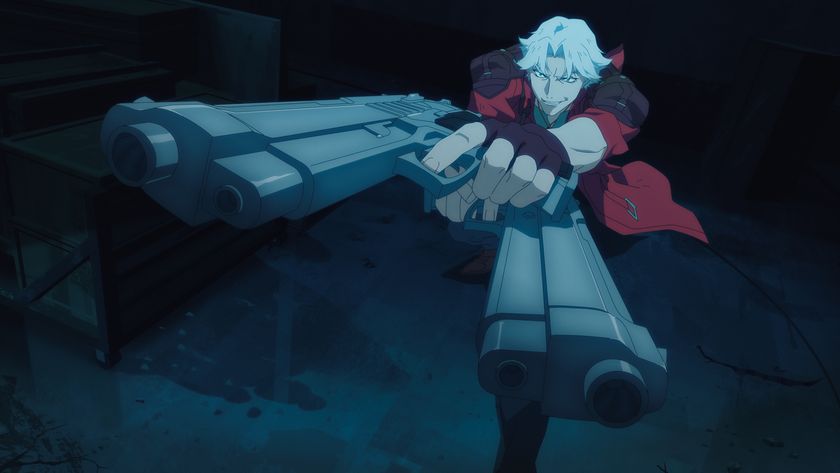
Devil May Cry ending explained: Who is King Mundus? What does it mean for season 2?

Devil May Cry review: "Netflix's anime adaptation is dated and clunky, but does capture some of the anarchic spirit of the original games"
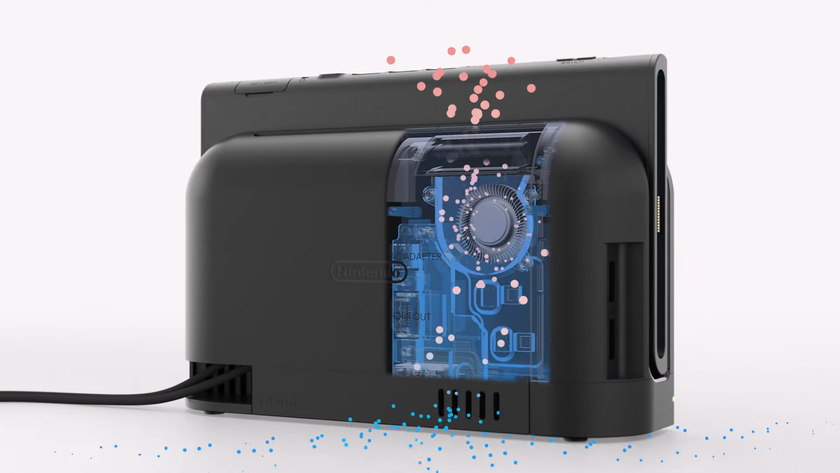
Nintendo says the Switch 2 "isn't simply an improved Nintendo Switch, we redesigned the system from the ground up," and after 8 years, I'd sure hope so
